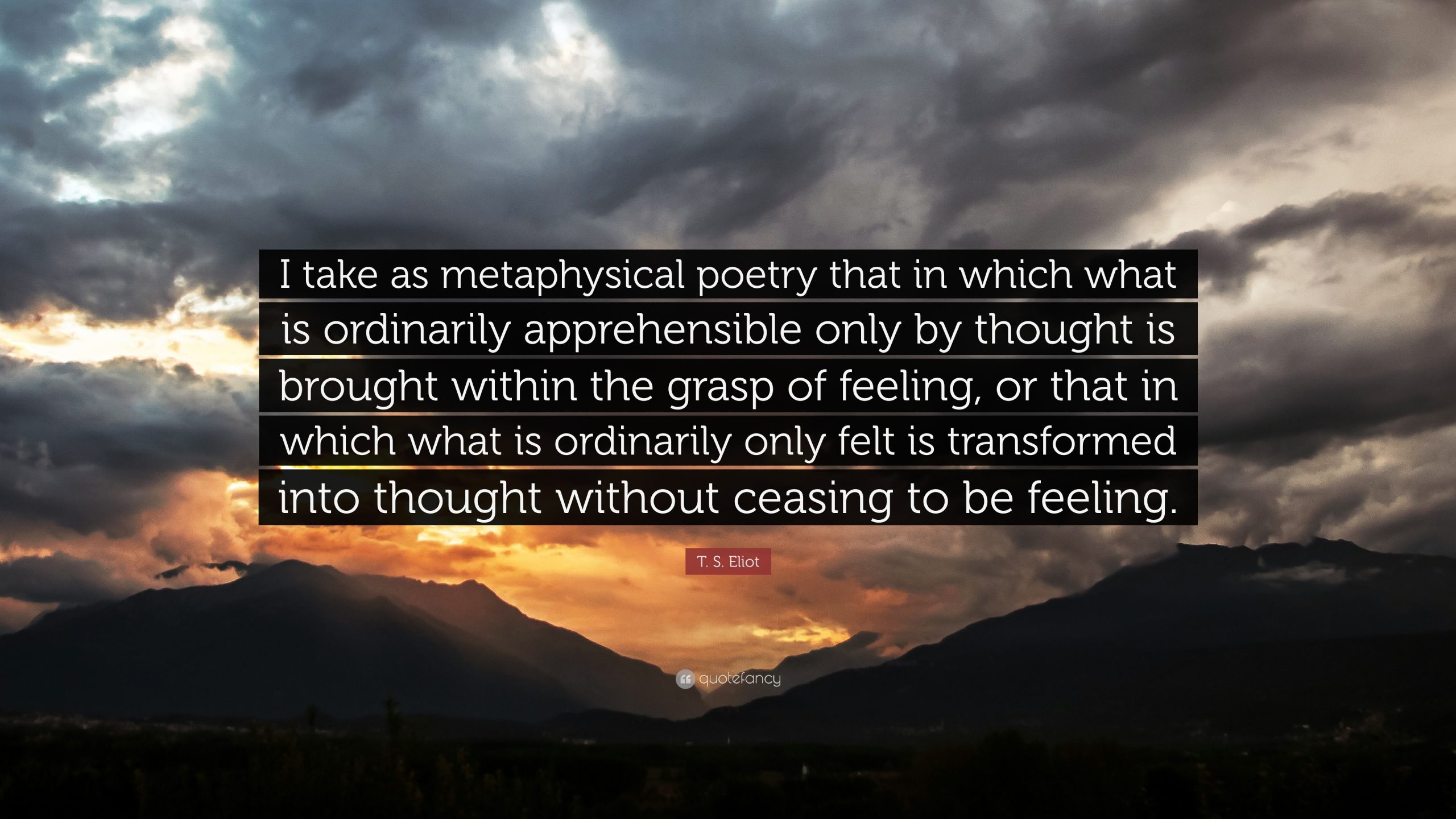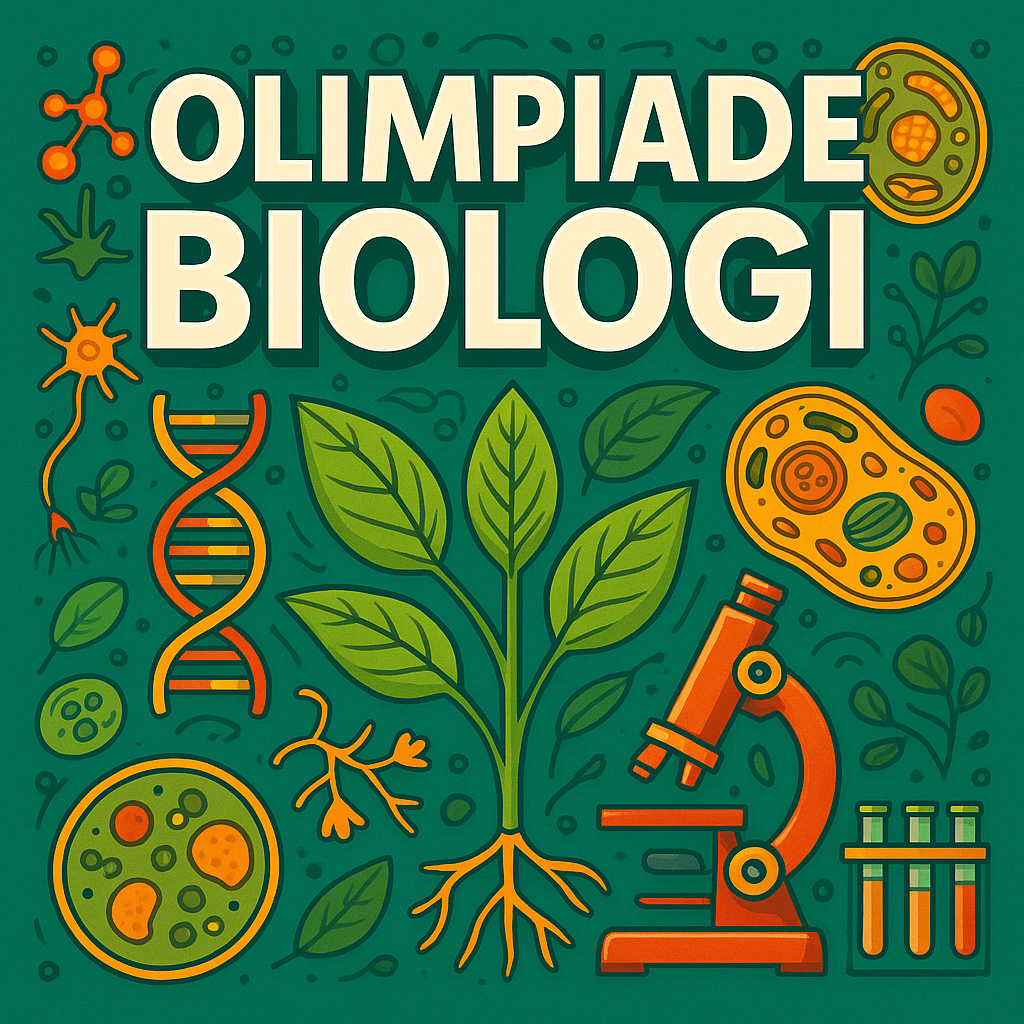Metaphysical poetry, a genre that flourished in the 17th century, is characterized by its intellectual rigor, complex metaphors, paradoxes, and deep explorations of spirituality, love, and existence. At the forefront of this movement stands John Donne, whose poetry embodies the depth, wit, and ingenuity that define Metaphysical verse.
Donne’s poetry blends intellect with emotion, addressing love, death, religion, and the nature of the universe through elaborate conceits (extended metaphors), philosophical argumentation, and intricate imagery. His works reflect both secular passion and intense religious devotion, making his poetry multidimensional and thought-provoking.
This article explores the themes, techniques, and impact of Metaphysical poetry, with a special focus on John Donne’s intellectual and spiritual depth.
Defining Metaphysical Poetry: Characteristics and Style

A. Key Features of Metaphysical Poetry
Metaphysical poetry is distinguished by:
- Intellectual Complexity – Poetry that engages with philosophical and theological ideas.
- Conceits (Extended Metaphors) – Unusual, elaborate comparisons linking abstract ideas to concrete objects.
- Paradoxes – Statements that seem contradictory but reveal deeper truths.
- Abrupt Openings (Dramatic Style) – Poems often begin in media res, startling the reader with a bold claim or question.
- Blending of the Physical and the Spiritual – Poems often merge sensual love with divine themes, emphasizing the connection between body and soul.
B. Major Metaphysical Poets
- John Donne (1572–1631) – The leading figure, known for his erotic and devotional poetry.
- George Herbert – Focused on religious themes and divine devotion.
- Andrew Marvell – Blended political, philosophical, and love poetry.
- Henry Vaughan and Richard Crashaw – More mystical and deeply spiritual poets.
John Donne: The Master of Metaphysical Poetry
John Donne’s poetry is a fusion of passion, intellect, and spirituality. He wrote both secular love poetry and deeply religious verse, reflecting his own personal transformation from a courtier and lover to a devout Anglican cleric.
A. Love and Sensuality in Donne’s Poetry
Donne’s early poetry explores love in its many forms—romantic, erotic, and platonic. He uses conceits to challenge conventional views of love, arguing that true love transcends the physical realm.
1. The Flea – A Metaphysical Seduction Poem
- The poem presents a witty and intellectual argument for seduction.
- Donne compares a flea biting both the speaker and his lover to marriage and physical union.
- Key Lines:
- “This flea is you and I, and this / Our marriage-bed and marriage-temple is.”
- The flea, an insignificant creature, becomes a symbol of love, sex, and commitment.
2. A Valediction: Forbidding Mourning – Love as a Spiritual Connection
- Written as a farewell poem to his wife, Donne portrays love as intellectual and spiritual rather than purely physical.
- He uses a conceit of a compass, where one leg (the lover who stays behind) keeps the other (the traveler) anchored, symbolizing enduring love.
- Key Lines:
- “If they be two, they are two so / As stiff twin compasses are two.”
These poems highlight Donne’s ability to blend emotion with intellectual argument, elevating love beyond mere physical attraction.
Donne’s Religious Poetry: Struggle and Devotion
In his later years, Donne’s poetry shifted toward spiritual devotion, guilt, and the quest for divine grace. His Holy Sonnets reveal a deep personal struggle with faith, mortality, and redemption.
1. Holy Sonnet 10 – “Death, Be Not Proud”
- Donne personifies Death and argues that it is not as powerful as people fear.
- He presents a paradox—death is not the end but a passage to eternal life.
- Key Lines:
- “Death, be not proud, though some have called thee / Mighty and dreadful, for thou art not so.”
2. Holy Sonnet 14 – “Batter My Heart, Three-Person’d God”
- The speaker asks God to forcefully reshape his soul, using violent imagery to describe divine intervention.
- He compares his soul to a besieged city, emphasizing his struggle between sin and faith.
- Key Lines:
- “Take me to You, imprison me, for I, / Except You enthrall me, never shall be free.”
These religious poems reflect Donne’s spiritual intensity, portraying faith as a wrestling match between divine grace and human frailty.
The Intellectual Depth of Donne’s Metaphysical Conceits
Donne’s use of conceits sets him apart as a poet of extraordinary intellect. His comparisons, often unconventional, challenge the reader to think deeply about love, faith, and mortality.
A. The Compass Conceit (A Valediction: Forbidding Mourning)
- Love is compared to a mathematical compass, where one leg remains fixed while the other moves.
- This scientific metaphor reinforces the idea of love as steady, unbreakable, and eternal.
B. The Flea as a Symbol of Love (The Flea)
- The flea, a trivial insect, represents physical union and the absurdity of societal conventions about love and marriage.
- This conceit exemplifies Donne’s ability to turn the ordinary into something profound.
C. The Siege of the Soul (Holy Sonnet 14)
- Donne compares his soul to a fortress under siege, suggesting that only violent divine intervention can save him.
- This imagery conveys the internal battle between faith and sin.
These intellectual metaphors make Donne’s poetry both challenging and rewarding, reflecting his deep engagement with philosophy, theology, and human experience.
The Legacy of Metaphysical Poetry and Donne’s Influence
A. Donne’s Impact on Later Poets
- Donne’s style inspired later poets, including T.S. Eliot, who praised his fusion of thought and emotion.
- Eliot’s concept of the “dissociation of sensibility” argued that Donne’s ability to combine intellect with feeling was lost in later poetry.
B. The Influence of Metaphysical Poetry on Modern Literature
- Modern poets continue to experiment with extended metaphors and philosophical themes, echoing Donne’s techniques.
- Themes of faith, mortality, and the paradoxes of love remain central to contemporary poetry.
C. Donne in Popular Culture
- Donne’s poetry is frequently referenced in literature, films, and music.
- Example: W;t (1999), a Pulitzer Prize-winning play by Margaret Edson, centers around Donne’s Holy Sonnet 10, using it to explore mortality and the power of poetry.
Conclusion: Donne’s Enduring Relevance
John Donne’s intellectual and spiritual depth places him among the greatest poets of all time. His ability to blend intellect with passion, philosophy with emotion, and the physical with the divine makes his poetry uniquely compelling.
Through his metaphysical conceits, paradoxes, and dramatic intensity, Donne continues to challenge, inspire, and resonate with readers today. Whether contemplating the mysteries of love, the struggles of faith, or the nature of existence, Donne’s poetry transcends time, proving that great poetry is both intellectually stimulating and deeply human.
As Donne himself wrote:
“For whom the bell tolls, it tolls for thee.”
Indeed, Donne’s words continue to echo through the ages, inviting readers into a world of wit, wonder, and profound insight.








